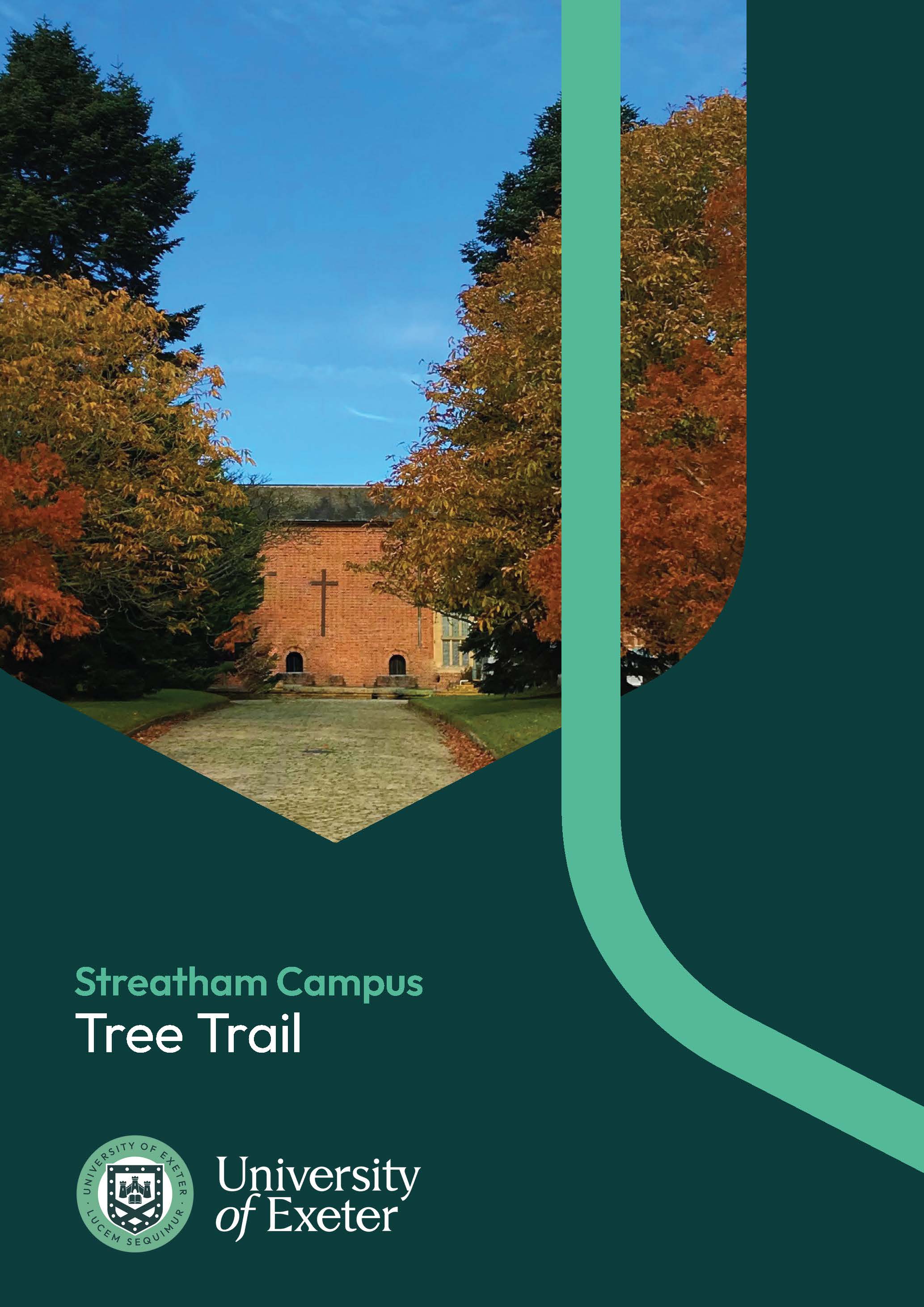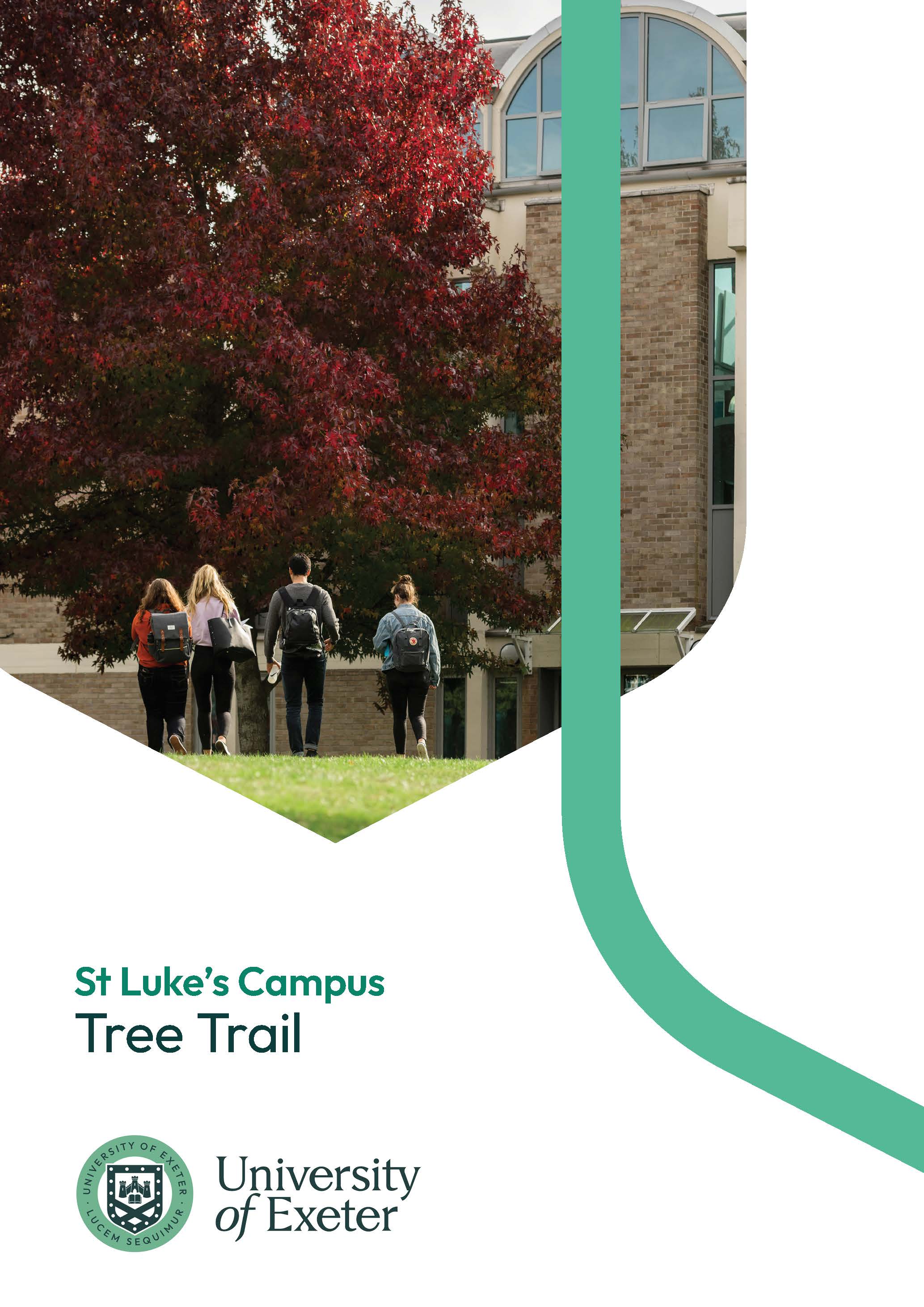Tree Trails
The University of Exeter grounds have an excellent mix of tree species, some of which are representatives of original exotic species introduced in the middle of the 19th Century. The grounds include three Arboretums (tree collections) with a mix of evergreen and deciduous species, flowering trees and those with vibrant Autumn colours.
We have produced Tree Trail Guides for both Streatham Campus and St Luke's Campus which provide a route around campus, pointing out some interesting examples of these trees.
The guides also summarise additional background on their origin and value of trees to the landscape as well as the environment, together with an indication of how the University manages and values this living resource.
The University of Exeter Streatham and St Luke’s campuses, fields and woodland areas contain over 10,000 mature trees managed by the Grounds staff.
This guide has been developed to enable some of our significant trees to be visited and enjoyed. It is not a comprehensive list, but provides a flavour of some of the elements that contribute to the look and feel of the estate resource.
It can start/finish at any point around the route, which takes in the following areas:
- Duryard Lawn
- Birks Bank Arboretum
- Reed Hall Gardens and Grounds
- Queen’s Drive Arboretum
- Streatham Farm/Poole Gate/Old Library/Washington Singer
- Plantation/Stocker Road
- Lafrowda Residences
The University of Exeter Streatham and St Luke’s campuses, fields and woodland areas contain over 10,000 mature trees managed by the Grounds staff.
This guide has been developed to enable some of our significant trees to be visited and enjoyed. It is not a comprehensive list, but provides a flavour of some of the elements that contribute to the look and feel of the estate resource.
It can start/finish at any point around the route, which takes in the following trees:
- Pinus nigra (Black Pine)
- Acacia dealbata (Silver Wattle)
- Liquidambar styraciflua (Sweet Gum)
- Catalpa bignonioides (Indian Bean Tree)
- Magnolia grandiflora (Southern Magnolia)
- Fagus sylvatica ‘Riversii’ (Purple Beech)
- Juglans nigra (Black Walnut)
- Taxus baccata (English Yew)
- Platanus x hispanica (London Plane)


